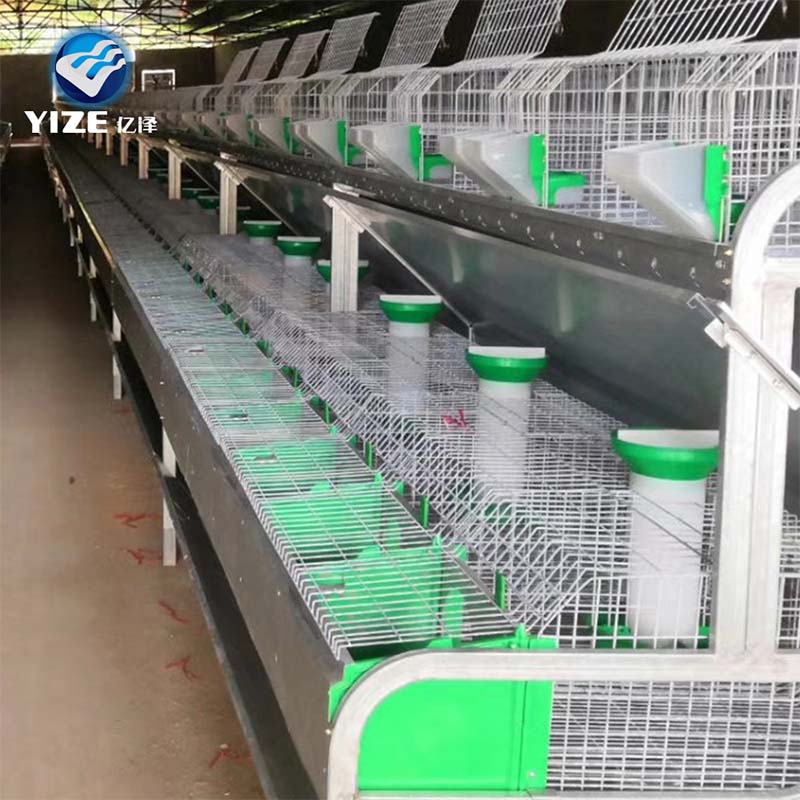fish feed grinding machine
Oct . 20, 2024 13:44 Back to list
fish feed grinding machine
The Importance and Functionality of Fish Feed Grinding Machines
In the aquaculture industry, the efficiency and quality of fish feed play a crucial role in optimizing fish growth and enhancing the economic viability of fish farming operations. One essential piece of equipment in producing high-quality fish feed is the fish feed grinding machine. This specialized machinery is designed to grind raw materials into fine particles suitable for formulating fish feed, ensuring that nutrients are more easily digestible for aquatic species.
The Role of Fish Feed Grinding Machines
Fish feed grinding machines serve multiple purposes. They are primarily used to reduce the size of raw ingredients, such as grains, fish meal, and other supplementary feed components, into fine powders or pellets. This process is vital because fish, unlike terrestrial livestock, have different digestion systems that require finely milled feed to maximize nutrient absorption and promote growth.
Starting with raw ingredients, these machines break down the material into smaller, more manageable sizes. This not only helps in the efficient blending of various feed components but also improves the overall palatability of the feed. When fish feed is in smaller particle sizes, fish can consume it more easily, resulting in less waste and a better feed conversion ratio. A well-functioning grinding machine guarantees that the feed is consistently sized, which is essential for uniform feeding and ultimately supports the health of the fish.
Types of Fish Feed Grinding Machines
Fish feed grinding machines come in various forms, with distinct functions suited for different production scales and types of feed. The most common types include hammer mills, roller mills, and fine grinders.
1. Hammer Mills These are among the most prevalent machines used in fish feed production. They utilize high-speed rotating hammers to crush and grind the raw materials. Hammer mills are particularly effective for grinding fibrous materials and can produce a wide range of particle sizes based on the sieve used.
fish feed grinding machine

2. Roller Mills Roller mills apply compression to the feed ingredients between two rotating surfaces. This method produces a fine, uniform particle size and is efficient for materials that require minimal heat generation during grinding. Roller mills are ideal for producing pellets and are often used in conjunction with other feed processing equipment.
3. Fine Grinders For specialized applications that require extremely fine particles, fine grinders are essential. These machines can produce a very fine powder, which is especially beneficial for formulations that demand precise particle sizes for maximum digestibility.
Advantages of Using Fish Feed Grinding Machines
Investing in high-quality fish feed grinding machines provides several advantages for aquaculture operations. Firstly, grinding machines enhance the nutritional quality of the feed. By ensuring that the feed particles are adequately sized, fish can absorb necessary nutrients more efficiently, thus leading to healthier fish and improved growth rates.
Secondly, these machines help in minimizing feed waste. Uneaten feed contributes to water pollution and additional costs in fish farming. By providing a finely ground feed, fish farmers can reduce the amount of wasted feed, fostering a cleaner aquatic environment.
Moreover, employing advanced grinding technology can significantly reduce production costs over time. While the initial investment in a high-quality grinding machine may be considerable, the long-term savings through improved feed efficiency and reduced waste often outweigh these costs.
Conclusion
In conclusion, fish feed grinding machines are integral to the production of high-quality feed in aquaculture. Their ability to produce uniformly sized particles significantly improves nutrient absorption, resulting in healthier fish and better yields for farmers. With the ever-increasing demand for fish and seafood products globally, investing in efficient machinery, such as fish feed grinding machines, is vital for maintaining competitiveness and sustainability in the aquaculture industry. As technology continues to evolve, the capabilities of these machines will further enhance fish feed production, thus contributing to the overall growth of aquaculture practices worldwide.
-
Hot Sale 24 & 18 Door Rabbit Cages - Premium Breeding Solutions
NewsJul.25,2025
-
Automatic Feeding Line System Pan Feeder Nipple Drinker - Anping County Yize Metal Products Co., Ltd.
NewsJul.21,2025
-
Automatic Feeding Line System Pan Feeder Nipple Drinker - Anping County Yize Metal Products Co., Ltd.
NewsJul.21,2025
-
Automatic Feeding Line System - Anping Yize | Precision & Nipple
NewsJul.21,2025
-
Automatic Feeding Line System - Anping Yize | Precision & Nipple
NewsJul.21,2025
-
Automatic Feeding Line System-Anping County Yize Metal Products Co., Ltd.|Efficient Feed Distribution&Customized Animal Farming Solutions
NewsJul.21,2025






